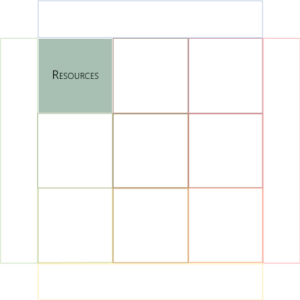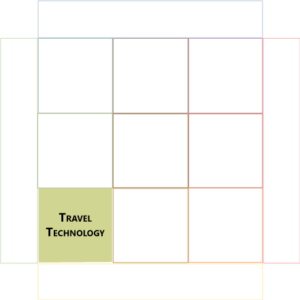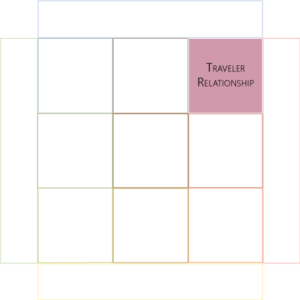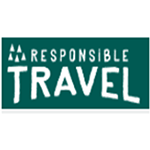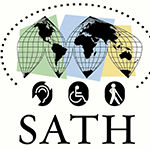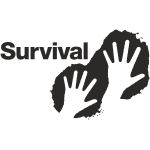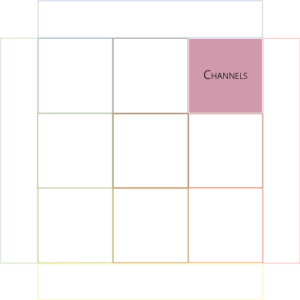
Unleash the power of optimized channel management and cutting-edge technology to extend your reach and drive exceptional growth.
Table of Contents
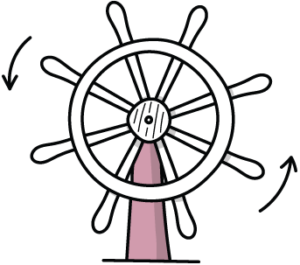
Channels
18 Questions to Unleash Optimized Channel Management Power
Key to Success
In this section, we would like to make sure that Small and Medium-sized Tourism Enterprises (SMTEs) should be aware of the following:
- They identify and prioritize relevant channels, such as online travel agencies, social media, and travel agents, to reach their desired traveler segments and maximize their reach and impact.
- The role of technology in channel management includes using technology, such as channels management software and data analytics, to optimize their channel strategy, measure channel performance, and make data-driven decisions to improve their reach and impact.
- The impact of channel strategy on business performance includes increasing sales, attracting new travelers, and building brand awareness.
Accomplishments
In this step, we’ll:
- Identify the most effective channels for reaching and engaging with potential travelers.
- Highlight insights into channels most effectively reaching and engaging with their target audience.
- Optimize marketing efforts finding advantages in the marketing.
Time-Saving Tools
We’ll complete all sections of this chapter more quickly if we have any of the following handy:
- The tourism destination market plan and strategic plan.
- Tourism road maps offered by the tourism destination
- Tourism destination demand research.
- An analysis of the traveler demand profile.
- Research about the traveler’s needs.
- Information about the potential distributors and local sellers.
- Information about the channels our competitors are using.
- Historical performance of our current channels.
- All documents could be applied to find relevant information.
Presentation
Channels are the network that connects businesses and their travelers. Channels networks usually consist only of a company’s first-tier suppliers and travelers. Our business sells directly to consumers through direct distribution channels, usually through its website or retail store. If our business uses indirect distribution channels, we use an intermediary to bring their product or service to the traveler. For choosing a distribution route, consider our audience, sales goals, and product (different products require different approaches).
Here are some key points to keep in mind:
- Know our audience: Understanding our target audience is critical to choosing the proper networks. Consider age, interests, location, and behavior to determine which networks we will most likely use.
- Be strategic: Don’t try to be everywhere at once. Instead, focus on a few critical outlets most likely to reach our target audience and use them effectively.
- Be consistent: Consistency is essential for building brand awareness and credibility. Make sure our messaging and branding are consistent across all outlets.
- Be responsive: Travelers expect quick responses and personalized interactions. Ensure we have systems to respond promptly to traveler inquiries and feedback across all networks.
- Monitor and analyze: Keep track of our networks and monitor their effectiveness. Use data and analytics to make informed decisions about which media to focus on and where to allocate resources.
The length of the channels of distribution depends on the number of intermediaries.
- Short distribution channels could be: Company > VAR > Traveler
- Long distribution channels could be: Company > Distributor > Wholesaler > Retailer > Traveler.
Commons types of channels:
- Distribution & Sales Channels
Retail – Partners Selling to retailers – Direct Marketing – Agents/Brokers – Value Added Reseller – Sales Outsourcing – Automated Retail – E-commerce – Resellers – White Label – Franchising – Wholesale – Import & Export, and more.
- Communication channels
Online meetings – Conversations call – Presential events – Publications – Radio & podcasts – Video – Social Media & Digital Communities – Loyalty programs – Email marketing – Website – Search engine optimization (SEO) – Content marketing and more.
In conclusion, by focusing on these critical areas, Small and Medium-sized Tourism Enterprises (SMTEs) can choose the right channels and use them effectively to reach and engage with potential travelers, build brand awareness and credibility, and ultimately drive business growth.
GUIDING QUESTIONS
How can we promote responsible and sustainable practices throughout our channels? Implementing eco-friendly initiatives and supporting local communities will contribute to small tourism enterprises' long-term success and reputation within our channels.
YScala
A suggestion of guiding questions that are not intended to exhaust the topic:
- Who is our target audience? What routes will they most likely use to research and book travel?
- What distribution routes do we use to serve our travelers segment? What characteristics do our networks have?
- What ways are most effective at reaching our target audience, and how can we leverage them to build brand awareness and drive bookings?
- What communication paths can we use to stay in touch with travelers and provide them with ongoing updates and information? What characteristics do our networks have?
- How can we optimize our website for search engines and ensure it’s easily accessible and navigable for potential travelers?
- What social media platforms should we use to reach our target audience, and how can we create engaging content that will resonate with them?
- How can we leverage email marketing to build relationships with potential travelers and encourage repeat bookings?
- Are there any niche networks or platforms specific to our business or target audience that we should consider using?
- What is our budget for marketing, and what networks can we afford to invest in?
- What canals are our competitors using, and how can we differentiate our business using different or more effective canals?
- What partnerships or collaborations can we form with other businesses or influencers to reach a wider audience and build brand awareness?
- How can we use data and analytics to monitor the effectiveness of our outlets and make informed decisions about where to allocate resources?
- How can we effectively communicate our customer experience offer to potential customers and generate interest? Utilizing various marketing routes, including social media, content marketing, and public relations, will help to reach and engage the target audience.
- How much control are we willing to relinquish?
- What are our competitors doing?
- How do our travelers want to be found and served?
- What adds the most value for our traveler segment?
- How else could we reach our travelers?
By answering these questions, Small and Medium-sized Tourism Enterprises (SMTEs) can identify the most effective channels for their business and develop a comprehensive strategy for reaching and engaging with potential travelers.
Offering more information
Besides the 18 guiding questions we’ve provided to help us evaluate and improve our channels, we’ve compiled a list of valuable resources to further our knowledge and understanding of channels. Notably, these resources offer insights into best practices, sustainability, marketing, and more, catering to the needs of tourism professionals and stakeholders. Consequently, by exploring these links, you’ll be better equipped to make informed decisions and create a thriving, competitive, and sustainable destination for travelers from around the world.
- The Revfine.com article highlights booking extranets as crucial online platforms for managing reservations, rates, and availability in the travel industry. These systems help businesses streamline operations, increase visibility, and improve customer booking experiences.
- The Main Street ROI article identifies four vital digital marketing channels for small businesses: SEO, PPC advertising, email marketing, and social media. These strategies help businesses promote their offerings, engage with their audience, and drive growth.
- The TNSinc.com Hospitality Hub article highlights the value of a comprehensive channel distribution strategy for hospitality businesses. It emphasizes using property management systems and channel management tools to optimize online presence, manage bookings, and boost revenue, ultimately broadening audience reach and maximizing bookings.
- The Regiondo Pro blog post offers guidance on selling tours online, covering website optimization, booking software, partnerships with online travel agencies, and social media promotion. These tips help tour operators improve their online presence and drive sales.
As you conclude reading this orientation post, we’d like to invite you to explore the other insightful articles in our Business Tailor 4 Sustainable Tourism Develop Management Tool (BT4-STDM) blog. We invite you to engage with our community, share your perspectives, and contribute to this meaningful conversation by commenting below. Your experiences and ideas can help others in their sustainable tourism development management journey.
Let your like and recommend this post to improve your audience!
Share this post with friends, colleagues, or anyone else who might be interested.
Comments:
We invite you to engage with our community, share your perspectives, and contribute to this meaningful conversation by commenting below. Your experiences and ideas can help others in their sustainable tourism development management journey.

